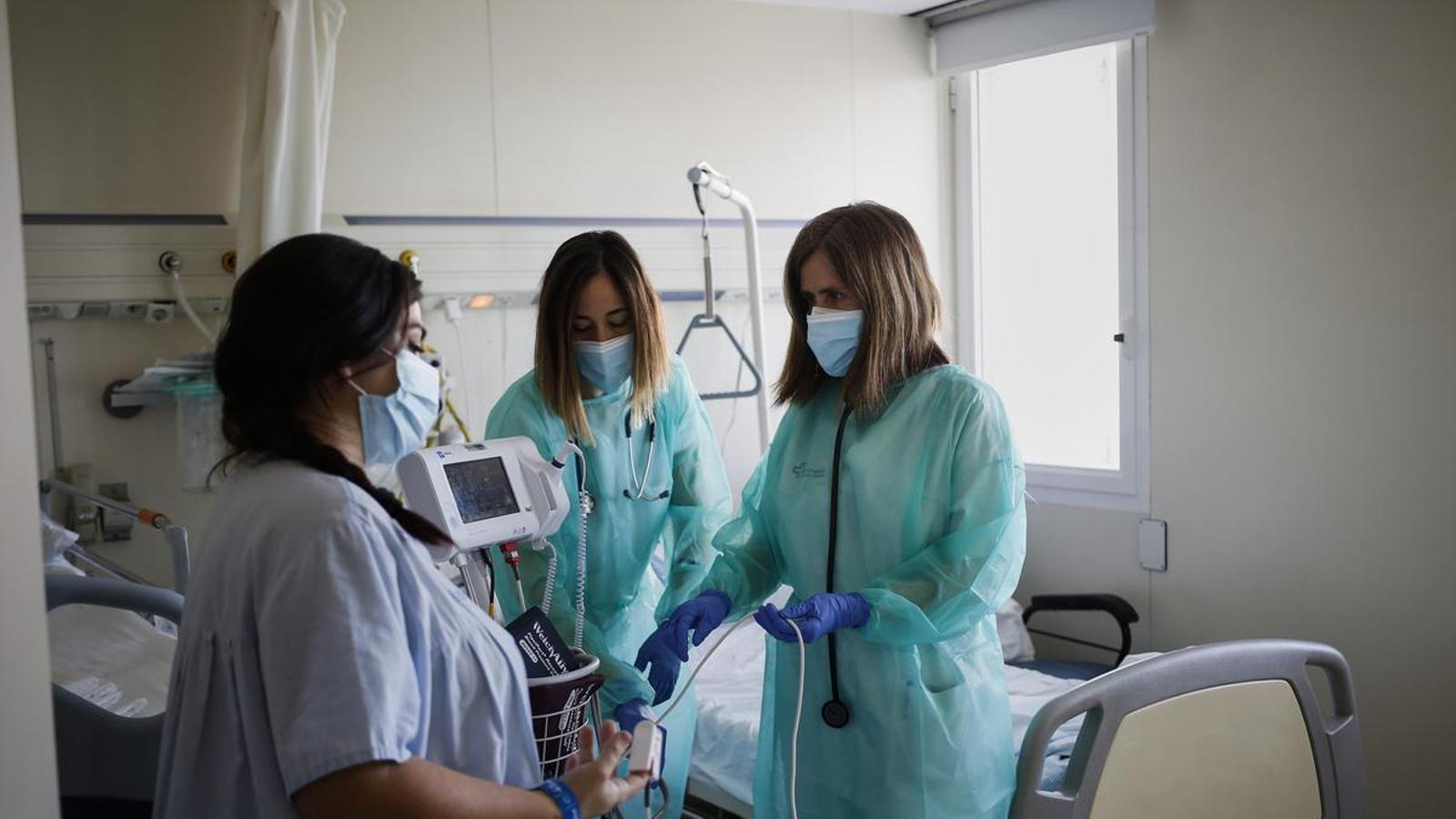More women leading medicine


Exactly seven days ago, the 23rd Medical Profession Conference was held at the Cerdà Museum in Puigcerdà as part of the Ramon Llull Summer University. The panelists were predominantly female physicians. In fact, in Catalonia, women are predominantly female in the medical profession, and among younger generations, the proportion is 70%. However, it wasn't until 2025 that a woman presided over one of the four Catalan medical associations for the first time. Specifically, this February 2025, Elvira Bisbe, an anesthesiologist at Hospital del Mar and until now vice president of the Barcelona Medical Association, marked a milestone by becoming the first female president of this association since its founding in 1894.
Elsewhere in the world, I've found other role models, such as Josephine Barnes, the first female president of the British Medical Association in 1979; Nancy Wilson Dickey, the first female president of the American Medical Association in 1998; and Patricia Joy Numann, president of the American College of Surgeons in 2011. There are probably others in other places, but as is often the case with female leaders, not always.
The historical roots of this tradition date back to 1866, when Ann Preston was appointed dean of the Woman's Medical College of Pennsylvania, becoming the first woman in the world to lead a recognized medical institution—albeit exclusively for women. A true defender of the walls of an exclusively male medical world, she succeeded, despite the insults and coercion she received, in convincing hospital authorities to accept female students for clinical practice.
In Europe, the American lesson was continued by Elizabeth Garrett Anderson, who presided over the London School of Medicine for Women in 1883. Around the same time, in countries like Australia (Victorian Medical Women's Society) and around the world, women's medical initiatives and associations were multiplying, weaving a global network of often-invisible female leadership.
Female leadership in medicine has been a journey of obstacles and small, significant advances: access to university, the ability to complete clinical internships, the freedom to practice freely, and finally, the presence and leadership in professional associations. Each milestone, from Preston to Obispo, has paved the way for subsequent generations.
As a society, we have the opportunity to transform these exceptional goals into everyday normalcy. Women's leadership in medicine must pave the way for a more equal profession, with more women leading medical institutions and universities, real equity policies, and a healthcare environment that respects diversity. Because, ultimately, an egalitarian profession is the best antidote to building a more just and equitable society for all.
